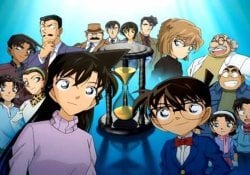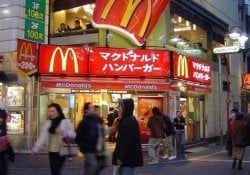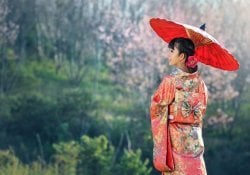Japan has hundreds of big cities and thousands of small towns. The vast majority of Japan's attractions are found in highly urbanized areas. In this article, we are going to see a list of the main cities in Japan.
In these great cities of Japan you will find castles, temples, shrines, gardens and other peaceful places. In this list we will see 20 great cities that attract tourists from the country and from all over the world every year.
Tokyo [東京] - The capital of Japan
Tokyo is one of the biggest cities in the world. It is a financial, political and cultural capital that is large, dense and interesting. You could spend your entire life exploring Tokyo, and you still won't experience all that this city has to offer.
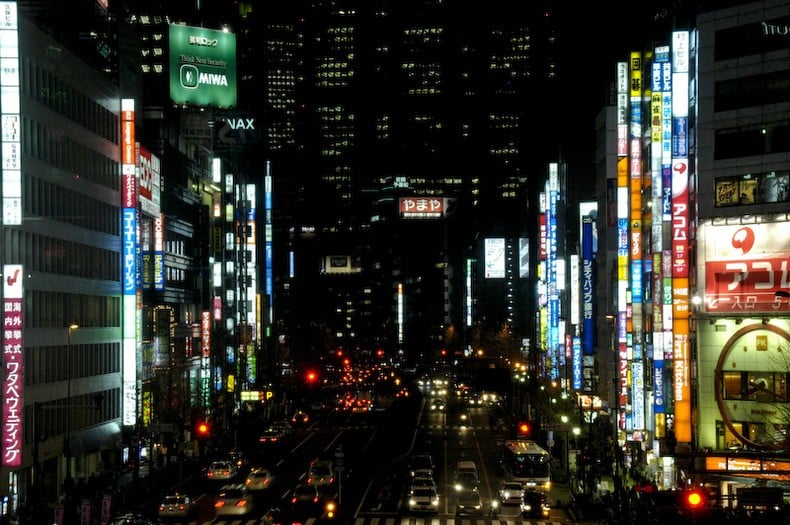
Kyoto [京都市] - The ancient capital
Kyoto was the capital of Japan for over 1000 years. The city was shaped by this period and is filled with hundreds of temples, shrines, castles and historic sites.
The capital years also gave Kyoto a certain sophistication that became its defining characteristic. Food, fashion, arts and cultural practices like the tea ceremony help make Kyoto one of the top destinations in the world.
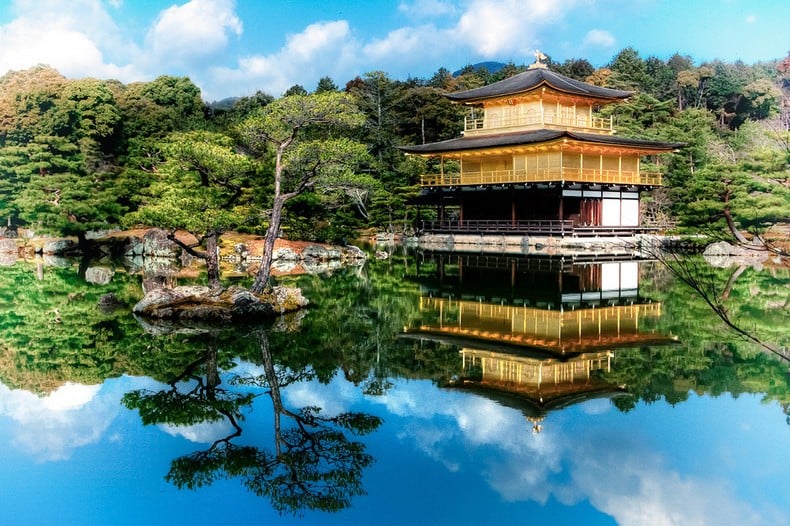
Sapporo [札幌] - The north of Japan
Sapporo is one of the largest cities in Japan and the capital of northern Hokkaido. The city has more than 2 million and is located in the cold part of the country where the annual snowfall reaches 6 meters or 19 feet.
One very popular destination for Snowboarding, food, events and entertainment. For over 20 years, flights from Tokyo to Sapporo have been the busiest route in the world, with 7.5 million people flying each year.
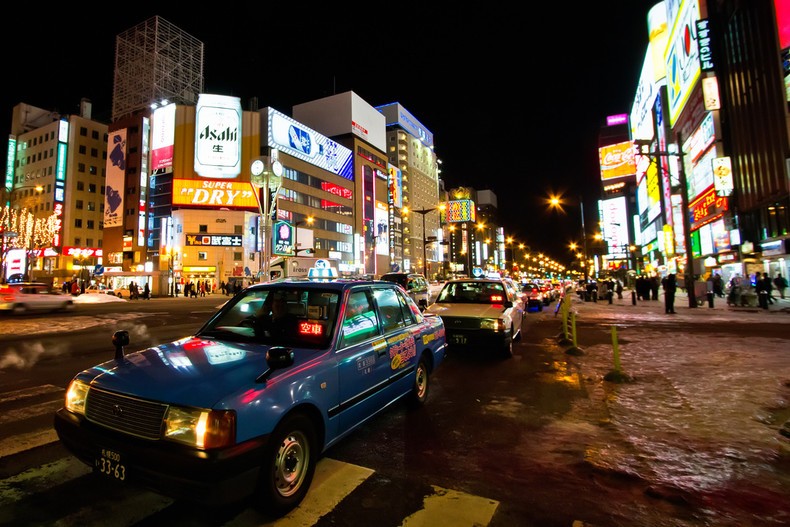
The article is still halfway through, but we recommend also reading:
Osaka [大阪府] - Tokyo's great rival
Osaka is the second largest city in Japan. It is a historic and commercial city and this has shaped a unique personality in the city. While the people of Tokyo are shy and reserved, the people of Osaka are outgoing and direct.
The city is packed with shops and is home to many of Japan's biggest companies. It is also a lively city known for its gastronomy and nightlife. I personally prefer Osaka over Tokyo.
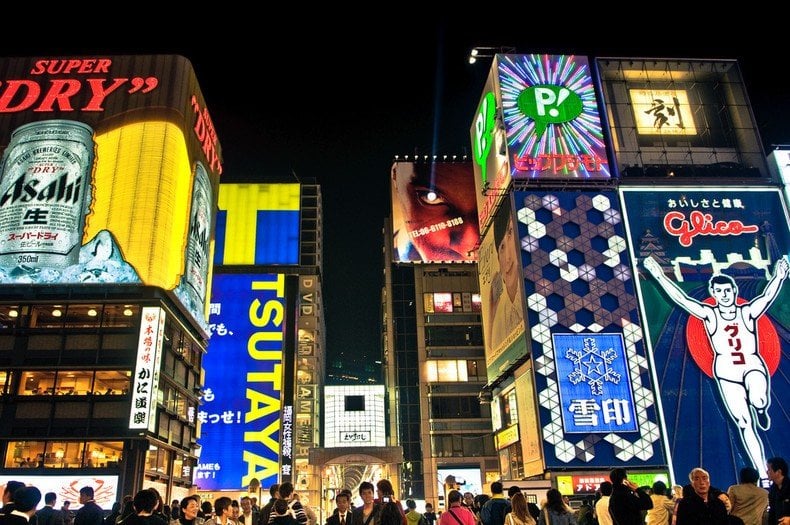
Yokohama [横浜] - The neighboring town of Tokyo
Yokohama is a city located south of Tokyo and has 3.6 million inhabitants. The city has an attractive area full of museums, parks, restaurants, shops and interesting architecture.
A seaside town and a historic area full of old western-style buildings. Here you can find the famous Minato Mirai and other highlights that need to be on your trip itinerary.
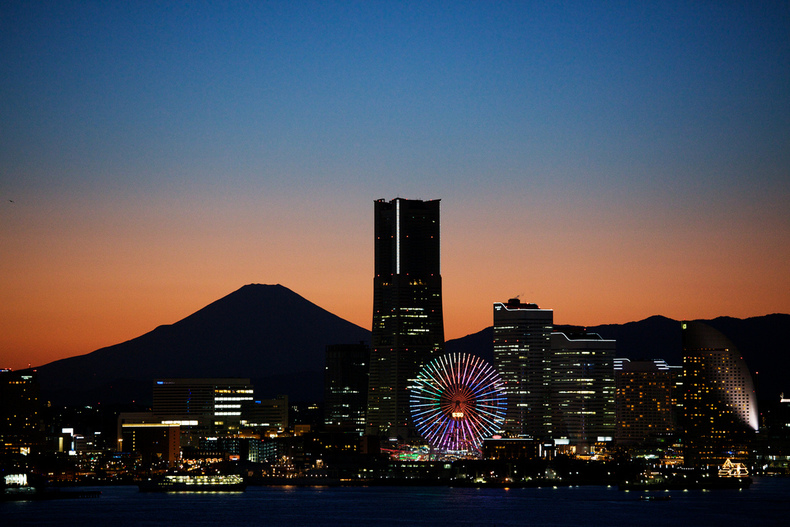
Nara [奈良] - The city of deer
Nara is a city near Kyoto, and was once the capital of Japan between the year 710 to 784. In many ways, the city is still frozen in the 8th century, with a huge number of temples and historical sites dating back to that time.
Nara temples are large and impressive. They are worthy of an ancient capital and represent the sophistication and beginnings of Japanese culture. One of the things that stands out in Nara is the huge amount of deer tame people living on the streets and attracting tourists.
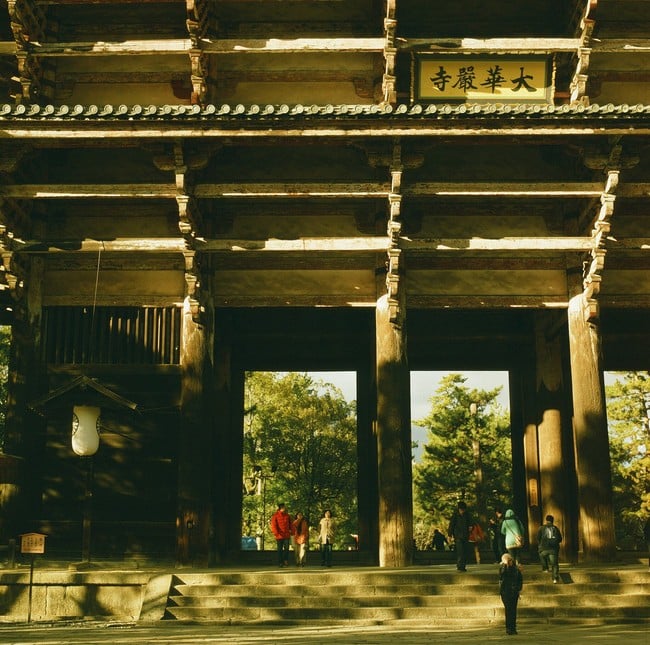
Naha [那覇] - Capital of Okinawa
At Okinawa Islands located in the south of the country has a unique and rich culture. Naha, capital of Okinawa, has a tropical environment to enjoy the beaches and the sea. The city is full of interesting and small restaurants, bars and attractions.
Okinawa as well as Hokkaido are one of the main attractions from the country. Those who want to enjoy the heat and the pristine beaches should head to Okinawa.
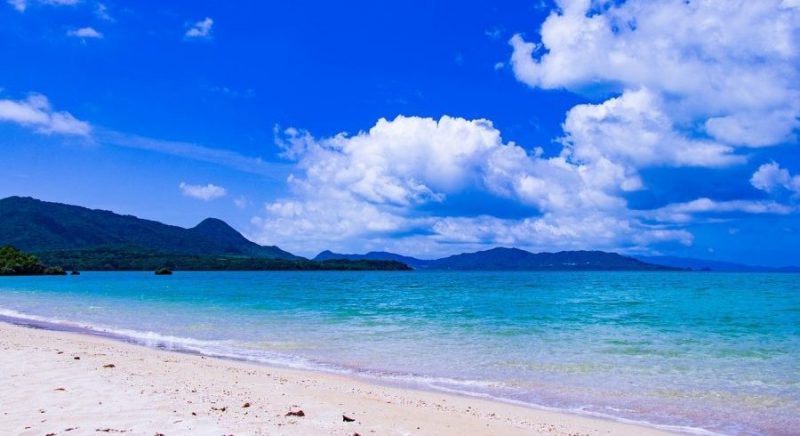
Hiroshima [広島] - The rebuilt city
Hiroshima has a dark history as the first city attacked with a nuclear weapon, an event that claimed the lives of 90,000-166,000 people and launched the world into the nuclear age.
Hiroshima is currently a lively city with over one million inhabitants. The city is also close to Itsukushima Shrine, one of Japan's top attractions.
Nuclear bombing is remembered in an excellent Peace Memorial Park. The anniversary of the bombing is marked each year with a nagashi toro ceremony. In Hiroshima you will also find the famous castle of the city.
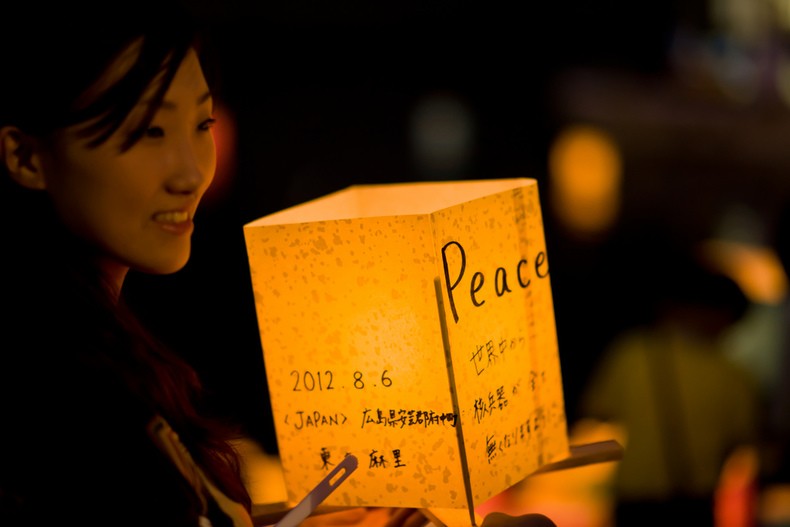
Fukuoka [福岡] - The largest city in Kyushu
Fukuoka is the largest city in Kyushu, one of the large islands that make up Japan. The city has more than one and a half million inhabitants with a lot of tourism to offer in the region. An indispensable city for visitors to Kyushu.
Fukuoka was selected as one of the 10 “Most Dynamic Cities” in the July 2016 issue of Newsweek. Fukuoka welcomes over 2 million foreign visitors annually, with a large proportion coming from its neighboring countries.
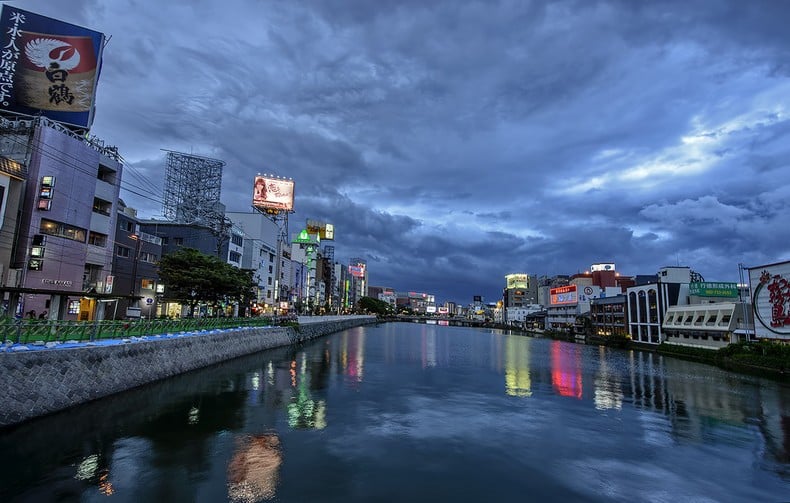
Kobe [神戸] - The cosmopolitan city
Kobe is a cosmopolitan city of 1.5 million with a high quality of life close to Kyoto and Osaka. The three cities together represent a metropolitan area of 18 million people known as the Keihanshin region.
Kobe is considered an important economic center in the country, and has one of the largest ports in Japan and the world. The city is also well known for its thriving urban environment, where its landscape is enhanced by Mount Rokko.
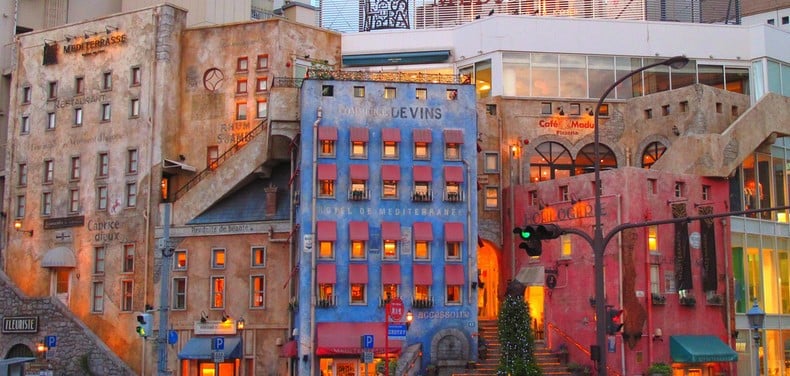
Kagoshima [鹿児島] - The city of the volcano
A city of 600,000 near the southernmost tip of Japan's main islands. Kagoshima has a active volcano in its bay known as Sakurajima which regularly erupts.
Besides the volcano you can visit Sengan-en park, amu plaza, tenmonkan, Shiroyama observatory and others. At the end of the day, you can relax at Sakurajima Nagisa Foot Spa Park.
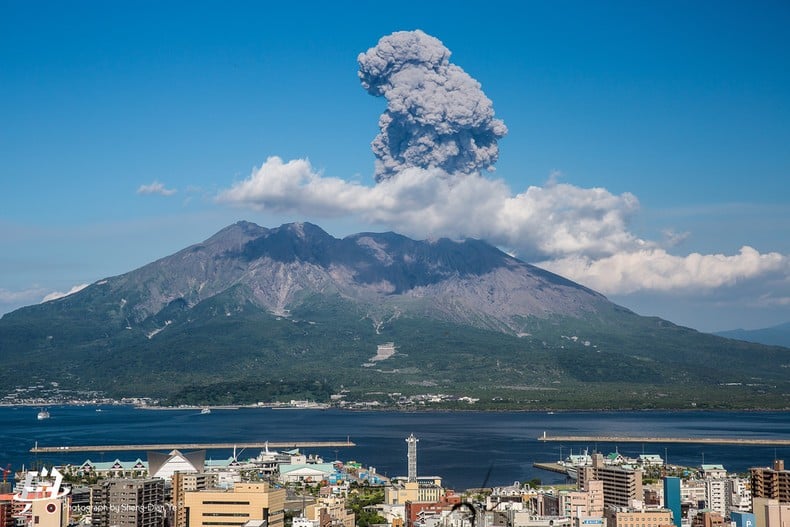
Himeji [姫路] - The famous castle
A large industrial city located in Kansai that is known for its famous Himeji Castle, widely considered the finest castle in Japan. A grand original castle of 83 buildings that has quite an interesting history.
As with any good castle, it is surrounded by myths and ghost stories. The city has about 400,000 inhabitants and is close to the region of Kobe and Osaka.
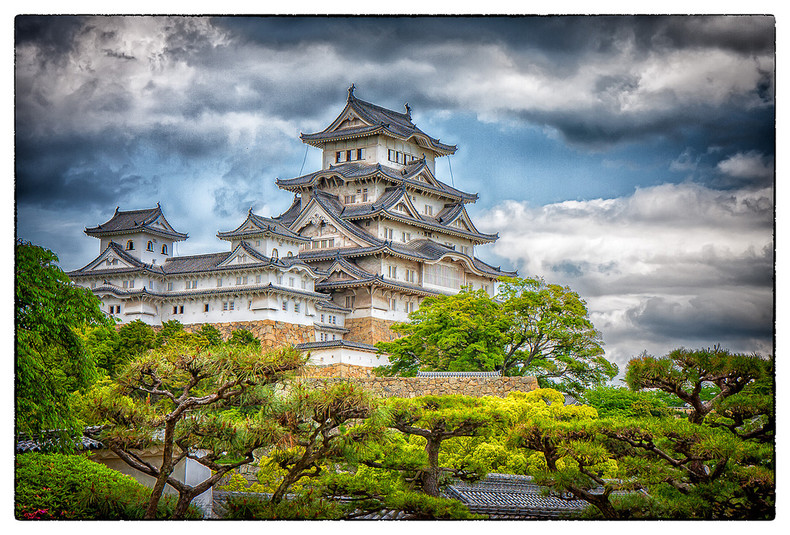
Kanazawa [金沢] - Surviving town
Kanazawa was one of the few major Japanese cities that escaped destruction in World War II. The city is full of historical attractions such as temples, castles, geisha districts and old houses of the original samurai.
It is also home to Kenrokuen, considered one of the best gardens in Japan. The city's modern railway station, Kanazawa Station, has a distinctive architecture that suits the city well.
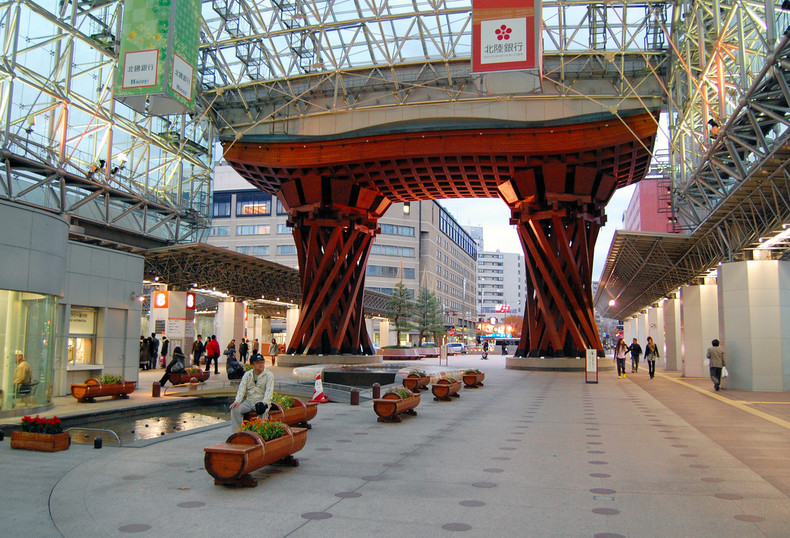
Nagasaki [長崎] - The second bomb
Nagasaki is a city of around 450,000 on the island of Kyushu which is relatively close to the Asian mainland. The city has a long history of exchanges commercial and international, even at a time when Japan was isolated from the world.
Portuguese, Dutch and Chinese influences can be seen in the architecture, festivals, food and daily life. The atomic bombing of Nagasaki on August 9, 1945 claimed the lives of up to 80,000 people and resulted in the destruction of much of the city. Like Hiroshima, the city has a world peace park and a museum.
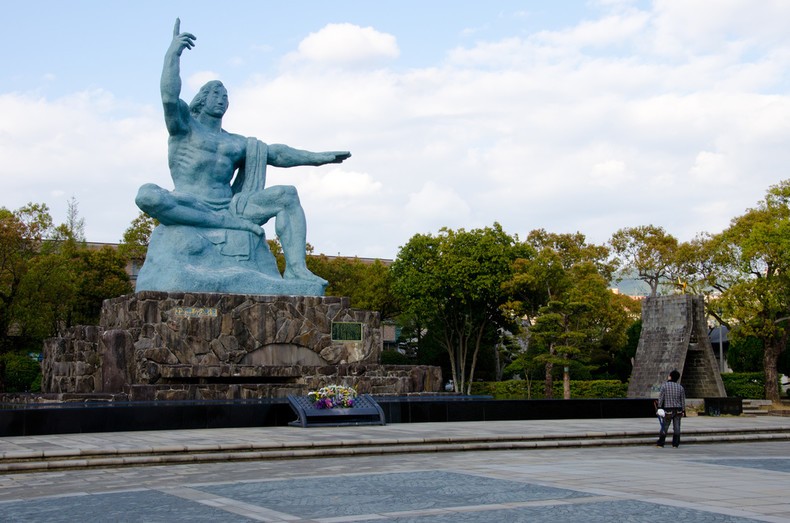
Nagoya [名古屋] - One of the largest in Japan
Nagoya is a gigantic industrial powerhouse that has been working hard to become a cultural hub. Your dining options entertainment and nightlife are strong. The city has done a lot to improve its quality of life and its industrial roots.
Nagoya is among the biggest cities in Japan and has a good amount of Brazilians. In this beautiful city you will find the famous Nagoya castle and many prominent sights approaching Tokyo and Osaka.
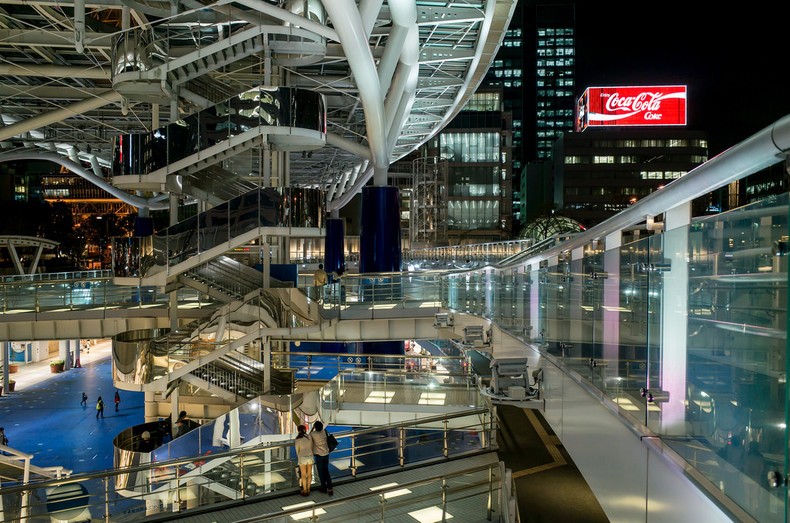
Hakodate [函館] - a highlight of hokkaido
The third largest city in Hokkaido with an interesting history. Hakodate was one of the first ports opened to the west in 1859. As a result, the city is full of old western houses, churches and warehouses.
It's a city frozen in time that looks like 1800's America. Hakodate has several popular attractions, such as the famous Goryokaku, a fortress that has a star-shaped moat.
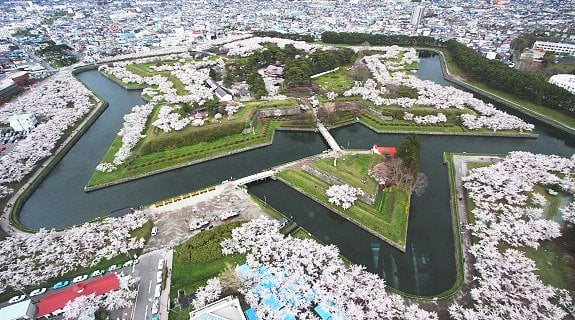
Kurashiki [倉敷] - The beautiful channel
A city of half a million people that is known for its 17th century warehouses that sit alongside a pleasant canal. Both the old and new parts of Kurashiki are attractive.
The city is one of the starting points of the great Seto bridge that connects the main island of Japan with the shikoku island. The city has almost half a million inhabitants and is part of Okayama Prefecture.
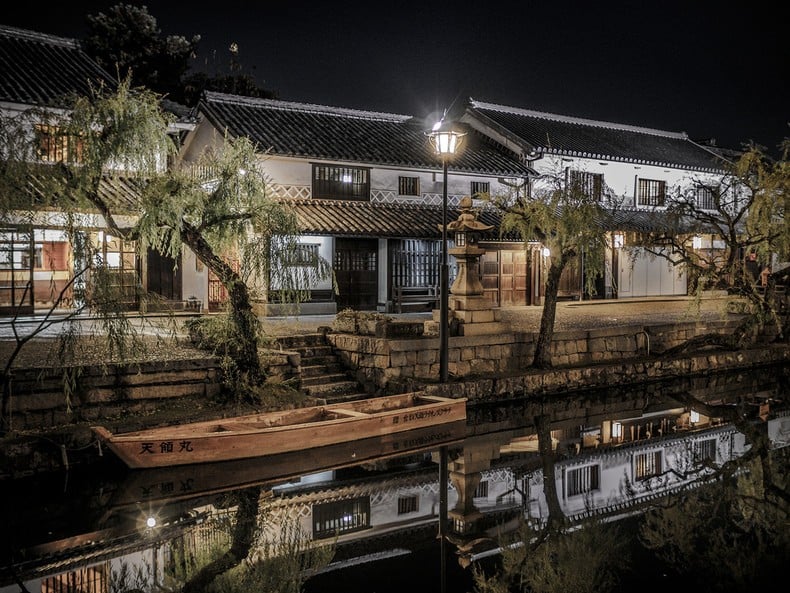
Nagano [長野] - The city of mountains
Nagano is a city surrounded by mountains with geographical features that make it a natural fortress. This resulted in a long history of battles in the area. In World War II, a huge underground bunker was built in Nagano but it was never used.
The city of Nagano hosted the 1998 Winter Olympics and is surrounded by excellent ski slopes. It's a pleasant city with several famous historic sites, such as Zenkoji, a 7th century temple.
The mountains surrounding Nagano Prefecture are famous and known as the japanese alps. Those who like adventure should visit this region and explore its mountains for a long time.

Okayama [岡山] - Momotaro's town
Okayama is a southern city with over 700,000 inhabitants, the city is known for its black castle and Korakuen, considered one of the best gardens in Japan. The city is close to Kibi Plain, an area full of temples that is usually explored by bike.
Okayama is the fictional home of Momotaro, one of Japan's most famous legends about a boy born from a peach who sets out to fight demons on an island with the help of a dog, monkey and a pheasant.
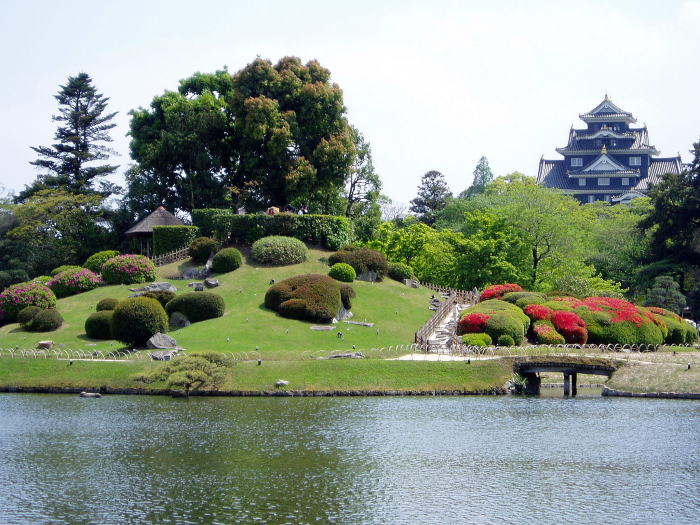
Matsumoto [松本] - A castle in Nagano
Matsumoto is a town in Nagano known for Matsumoto Castle, a picturesque castle. I think the photo below explains it all. And just like the other cities, it is full of attractions, cultural and local cuisine.
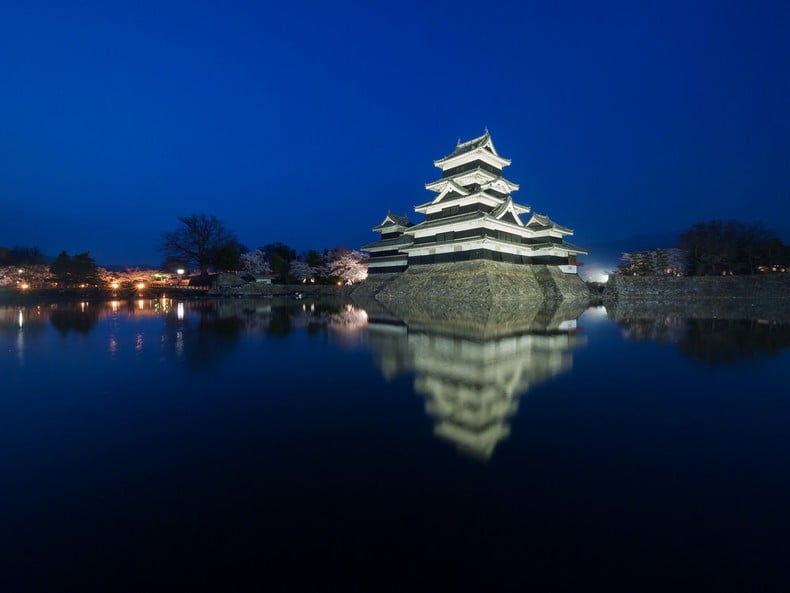
I hope you enjoyed this article with the main and best cities in Japan. If you liked it, don't forget to share and leave your comments. Thank you and see you next time!




